Over a virtual lunch, we caught up with Paul Cooksey, the founder of Northern Edge Studio, to chat about architecture, clients, budgets, and why setting boundaries is key to a balanced practice.
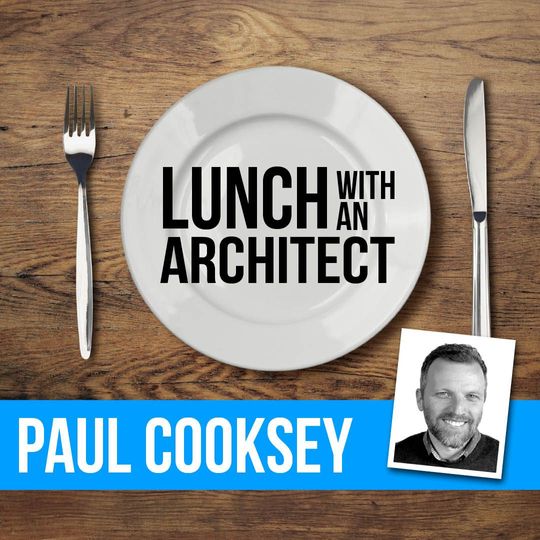
Brodie Norris: Paul, thanks for joining us today! If we were grabbing lunch in person, where would we go?
Paul Cooksey: Well, I’m based in Adelaide, so I’d say Norwood is a great spot for coffee and people-watching. There’s also a strong cycling culture there, and since I ride a lot, it’s a good fit. But if I want something different, I’d head to the Adelaide Hills—only 15 minutes away—for some locally grown fare.
Brodie Norris: Sounds like a great mix! So, what drew you to architecture? Was it a lifelong passion?
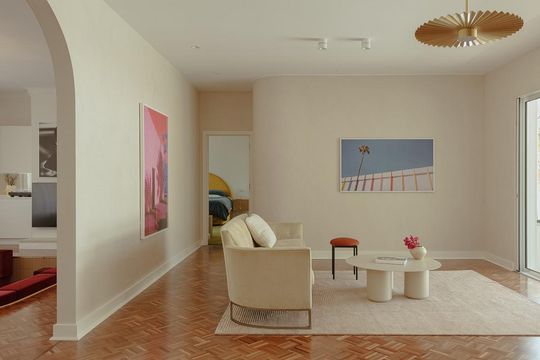
Paul Cooksey: Not exactly—more of a coin toss, actually! I originally got into engineering but took a gap year to travel through Europe. I was struck by the beauty of cities like Amsterdam and Brussels and thought, maybe I don’t want to do cogs and mechanics for the rest of my life. So, when I got back, I literally flipped a coin between architecture and mechanical engineering. Architecture won, and here I am!
Brodie Norris: That’s brilliant! Do you think your engineering background influences your approach to design?
Paul Cooksey: In a way. I think my work is more practical and stripped back compared to architects with a strong artistic or literary background. I’m drawn to simplicity, structure, and expressing beauty through function, which might be the engineer in me.
Brodie Norris: If you had an architectural superpower, what would it be?

Paul Cooksey: I wouldn’t call it a superpower, but I think I’m better at communicating across different groups than many architects. Architects tend to be quite introverted, and sometimes struggle to explain their concepts. I’ve found that I can bridge gaps between clients, consultants, and builders—helping everyone work together more smoothly.**
Brodie Norris: That’s definitely a valuable skill. What’s your favourite thing about residential architecture?
Paul Cooksey: It’s the clients—both the best and the most challenging part! You develop long-term relationships with them, which is great, but also means a lot of education. Most clients are doing this for the first time and don’t always understand the process. That can be exhausting but also really rewarding when you step back and see what you’ve created together.
Also, residential architecture has given me flexibility. I’ve been able to structure my practice so I could be a stay-at-home dad while my kids were growing up, which I wouldn’t have had if I were working in commercial architecture.
Brodie Norris: That’s a huge achievement. How did you manage to set up your business to maintain that work-life balance?
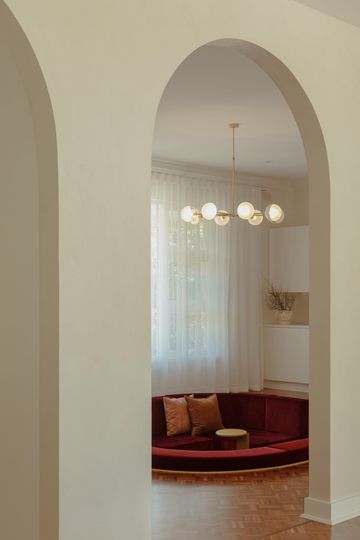
Paul Cooksey: By setting clear boundaries. I tell clients upfront: I don’t answer calls after 4 pm, and I don’t work on weekends. If you need an architect who’ll be available 24/7, you can find one—but they’ll either be not very good or very expensive! My approach has worked well for me and my family.
Brodie Norris: What’s the best life advice you’ve ever received?
Paul Cooksey: That everything is temporary. Whether you’re going through something tough or something wonderful, it will pass. That helps me keep perspective—celebrate the wins, but don’t get too caught up in them, and likewise, know that tough times won’t last forever. It’s a mindset that keeps me grounded, especially when dealing with stressful projects.
Brodie Norris: What was the first album you ever bought?
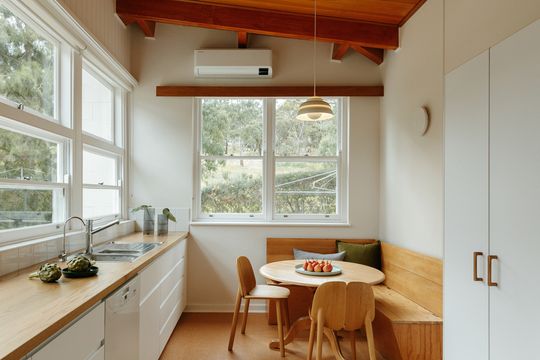
Paul Cooksey: I think probably like everyone in the 80s it was a Michael Jackson album on vinyl—I was heavily influenced by what my parents listened to. But when I moved to Australia in the mid-'90s, it was peak Britpop, so bands like Oasis were a big part of my adolescence.
Brodie Norris: What do you find to be the biggest challenge in residential architecture?
Paul Cooksey: Budgets. It’s always budgets. People often don’t realise just how expensive building is. I make a point of being upfront about costs—we do a feasibility study at the start, and I update cost reports throughout the project. I want my clients to know from the outset if something is going to blow their budget.
Too often, we give someone an estimate and then they take it to a builder and the builders underquote, saying, ‘Don’t worry, we can do it at half that price!’ Then six months later, the price has blown out and the client ends up paying what we originally estimated. Architects get a bad reputation for being unrealistic about costs, but the truth is we know what things cost—we just have a professional obligation to be honest about it.
Brodie Norris: Do you have a particular residential project you’re especially proud of?
Paul Cooksey: Two stand out. Tea House was a challenging project where there were issues with the builder midway through the project, but we managed to navigate it and deliver a great result while maintaining a strong relationship with the client.
Then there’s Stonewall House, where the clients really trusted us. We designed everything down to the furniture and light fittings, which made it a true reflection of our approach—simple, beautiful, and long-lasting. It reinforced my belief that good architecture doesn’t have to be overcomplicated. We’re not trying to reinvent the wheel, just create homes that are sustainable, low-maintenance, and timeless.
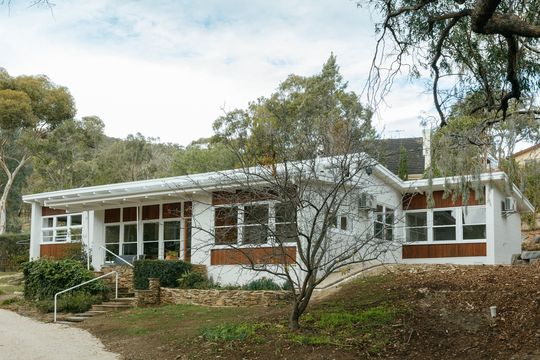
Brodie Norris: When working on new homes versus renovations, do you have a preference?
Paul Cooksey: Renovations are easier because the scope is more defined, whereas with new homes, you can get lost in possibilities. That said, our new builds are informed by what we love in renovations—things that stand the test of time. Every new home we design has a story to anchor it.
Brodie Norris: What’s one thing you wish more people knew about residential architecture?
Paul Cooksey: Just how little the general public understands about building! People go into multi-million-dollar projects with less knowledge than they’d have when buying a car. There’s a vested interest in keeping people uninformed—big builders want clients focused on square metres and bedroom count instead of quality and longevity. It makes my job harder, but I try to educate clients as much as I can.
Brodie Norris: That’s a great point. Switching gears a little—if you could invite people from any era to a dinner party, who would they be?
Paul Cooksey: I wouldn’t go for famous people. I’m trying to read more at the moment so I’d be interested in meeting a regular labourer from Dickens’ London in the 1860s to understand what life was really like then. I’d throw in Le Corbusier for an architecture chat—though he was a bit… problematic. And then I’d pick someone from 200 years in the future to see where we’re headed. That would make for an interesting mix!
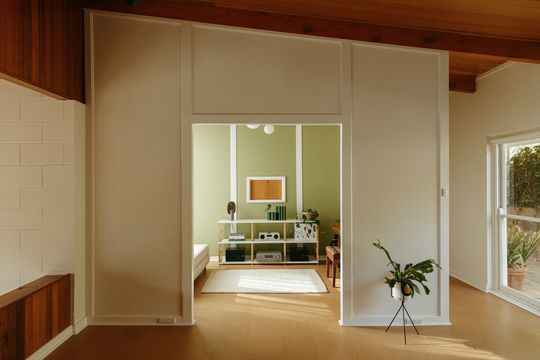
Brodie Norris: Do you have a book or resource you’d recommend to someone planning to build or renovate?
Paul Cooksey: Honestly, I think the best resource is a good, honest chat with someone who knows what they’re doing. Books can be great, but sometimes they’re too theoretical. I usually direct clients to websites like yours because they give a broad and realistic overview of what’s possible. But the biggest thing is making sure clients understand what they really want before diving in.
Brodie Norris: Love it! Finally, what advice would you give to someone planning a new home or renovation?
Paul Cooksey: Start by setting clear expectations—both for yourself and for your team. What are your non-negotiables? Do you want a Passive House? A multi-generational home? Once you have a framework, the right architect will naturally fit your vision. Also, don’t just collect random Pinterest images—make sure your ideas align. I’ve had clients bring me a mix of cathedral ceilings, dark cupboards, and minimalist Scandi-style homes… none of which go together! Clarity is key.
Brodie Norris: That’s great advice. Thanks so much, Paul—it’s been a fascinating chat!
Paul Cooksey: My pleasure!